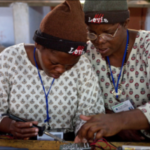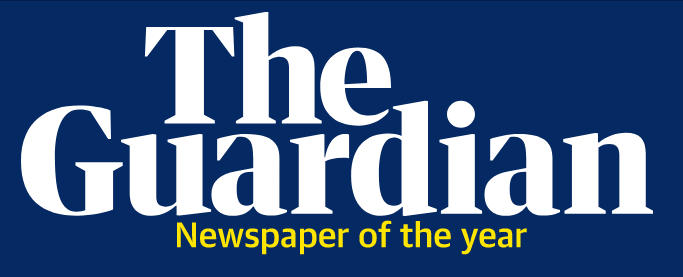Explore
strange
new
futures
& save the world


Critical tech comment and analysis from iMakeContent
What’s
happening?

Africa Art Attention Austria Business Canada Cities Class Cognition Conferences Copyright Creativity Crowdsourcing Design Europe Filter bubble Food Free Speech Games Germany Government Iraq Kenya Literature London Marketing Media Memory Microsoft Money Music NGOs Privacy SME Software Startups Tech backlash Travel UK Virtual
What just
happened?

- An egg, a spoon and Ursula
 “I’ve never seen a gold egg spoon, but I’m sure it would… Read more: An egg, a spoon and Ursula
“I’ve never seen a gold egg spoon, but I’m sure it would… Read more: An egg, a spoon and Ursula - Outage Africa?
 As entrepreneurs spark change, Africa’s electricity future is getting brighter. Women working… Read more: Outage Africa?
As entrepreneurs spark change, Africa’s electricity future is getting brighter. Women working… Read more: Outage Africa? - Cable Commotion
 As Africa’s rush for broadband connection continues, Steve Song’s map of African… Read more: Cable Commotion
As Africa’s rush for broadband connection continues, Steve Song’s map of African… Read more: Cable Commotion
Connect

- News
- Analysis
- Comment
Weigh Up

- Costs
- Benefits
- Alternatives
Change

- Your mind
- Their minds
- The World
“Excellent writing, design and links”

What’s happening
next?

